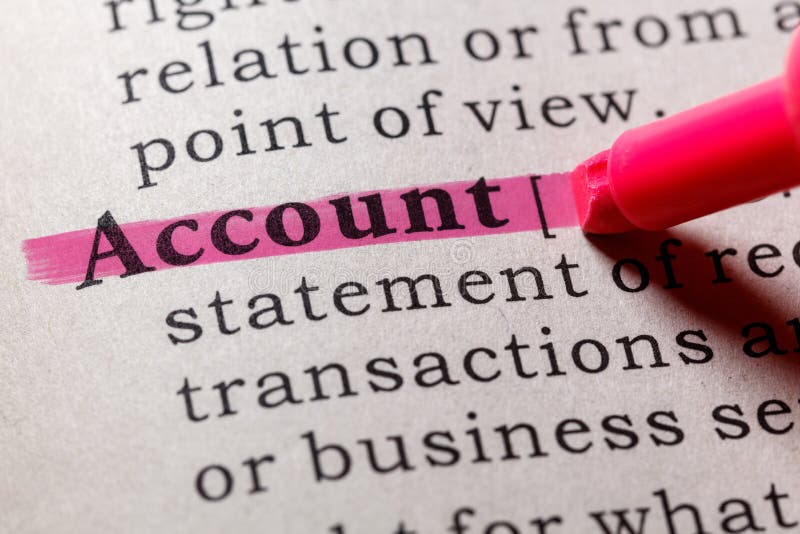

Business ContractsĪ successful business proposal usually leads to a contract. We covered a definition of quotes and estimates separately since they are usually part of a business proposal and are an important concept related to invoicing. The business proposal is one of the first steps of a business relationship. Work in progress can be included on an interim invoice for future reference. Work-in-progress – The long term asset account that is used to report the amounts spent on the construction of buildings and equipment until the asset is completed and put into service. Vendor Invoice – The name used by a buyer of goods or services for the sales invoice or bill received from the supplier of the goods or services. Uncollected Funds – The amounts in a company’s bank account that are not yet accessible because the checks deposited into the account have not yet cleared the bank on which they were drawn. Trade Payables – Payables arising from the purchase of merchandise inventory and outside services. These sales are reported during the accounting period in which the merchandise went from the seller to the buyer. Sales – A revenue account that reports the sale of merchandise. Payable – The amount owed by a company as of the balance sheet date, even if the company did not yet receive an invoice from the supplier. Depending on the company, a buyer may have items on account that will be reflected on an interim invoice and/or a final invoice. On Account – An item marked for credit, not cash. An invoice should reflect the net amount owed, including all current credits and debits. Net – The result of two or more amounts being combined. Memo entries may be included on invoices when applicable. Memo Entry – An entry without debit or credit amounts. Many manufacturers use their invoices as documentation to help keep track of their inventory. The inventory of a manufacturer should include the cost of its raw materials, work in progress and finished goods. Inventory – A current asset whose ending balance should report the cost of a merchandiser’s products waiting to be sold. Companies sending invoices may try to have all of them paid by the end of their fiscal year. For example, many school systems have a fiscal year that ends in June. Clients who pay invoices, or bills, will possibly to be able to label those costs as expenses.įiscal Year – An accounting year that ends at any other date than December 31. It has been proven that companies who adopt electronic invoicing over paper systems see an increase in cash flow.Įxpenses – Costs that are matched with revenues on the income statement. All parties will benefit from keeping copies of invoices for bookkeeping purposes.Ĭash Flow – Actual changes in cash as opposed to changes in account revenues and expenses. Any invoices sent and/or paid would be accounted for when adjusting entries.īookkeeping – The recording of a company’s transactions into the accounts contained in the general ledger. Accounts payable is sometimes also referred to as trade payables.Īdjusting Entries – These are journal entries usually dated the last day of the accounting period to bring the balance sheet and income statement up to date on an accrual basis. When invoicing a client, you keep record of it as part of their account.Īccounts Payable – This is a current liability on the account, and will show the amount a company or an individual owes for items or services purchased on credit and for which there was not a promissory note. Take a look at the list of accounting terms, and their definitions as they relate to invoicing, below.Īccount – An account is a record in the general ledger that is used to collect and store similar information. We learnt what is an invoice but there are so many new words surrounding invoicing and the world of accounting, and they can be difficult to keep track of! Don’t worry, we’ve got you covered. Accounting definitions related to invoicing


 0 kommentar(er)
0 kommentar(er)
